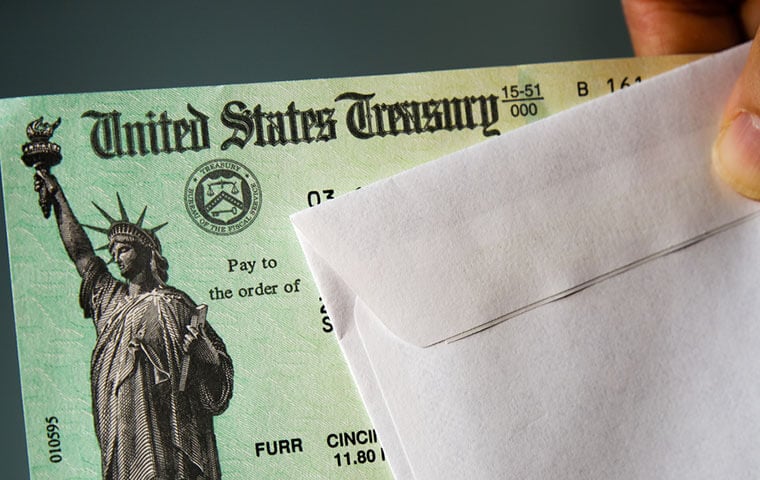 Congress could still put a different raise number into the upcoming general appropriations bill this year, which if signed by the end of the year would override Trump's letter. Image: Jason Raff/Shutterstock.com
By: FEDweek Staff
Congress could still put a different raise number into the upcoming general appropriations bill this year, which if signed by the end of the year would override Trump's letter. Image: Jason Raff/Shutterstock.com
By: FEDweek StaffPresident Trump has sent a letter to Congress setting a one percent across the board pay raise for federal civilian personnel – with zero locality adjustment. The “alternative pay plan” letter was expected by the final day of August but was actually sent late last week, without being posted among other White House actions as it has in the past.
Interestingly, the letter carves out an exception for certain categories of law enforcement to be paid in line with the military’s 3.8 percent raise. It says that change is a separate process from the alternative play plan, and it calls on OPM to “consult with executive departments and agencies to identify the categories of law enforcement personnel that will be eligible for this pay increase.”
A raise was not called for in budget documents issued earlier this year. An amount is usually put forth in the “skinny” budget proposal in January, but it was silent on that point, and led many – including us – to anticipate that no raise would be given this year.
The January budget had actually included a pay cut in the form of an increase in January 2026—to be followed by another in January 2027—of 1.8 percentage points in required contributions toward retirement by those first hired before 2013 and who currently are paying 0.8 percent of salary toward their future FERS annuities. (Related federal employee provisions were stripped from legislation this year but made it close to the finish line: elimination of the FERS supplement, and moving to a high-5 annuity calculation rather than the current highest-3 year salary average – those may come up again.)
In contrast to federal civilian pay, the White House said at the time it “recognizes America’s servicemembers’ sacrifice to the Nation with a 3.8 percent pay raise.”
A 2 percent average pay raise was finalized last January, with increases varying by locality from 1.88 to 2.35 percent (See, 2025 GS locality pay tables). That was the smallest raise under the Biden administration, following 2.7, 4.6 and 5.2 percent increases over 2022-2024; the 2024 increase was the largest since 1980 and the 2023 increase was the second-largest in that time.
Raises in Trump’s first term included 2.1 percent when he took offie, an average increase of 1.9 percent in 2018 (after Congress intervened), 1.9 percent in 2019 and 3.1 percent in 2020 (after Congress overrode a proposed 1 percent boost for that year).
Congress could still put a different raise number into the upcoming general appropriations bill this year, which if signed by the end of the year would override Trump’s letter.
Senate Eyes Vote to Pay Federal Employees Working Unpaid
Series of Bills Offered to Address Shutdown’s Impact on Employees
Public Starting to Feel Impact of Shutdown, Survey Shows
OPM Details Coverage Changes, Plan Dropouts for FEHB/PSHB in 2026
Does My FEHB/PSHB Plan Stack Up? Here’s How to Tell
2025 TSP Rollercoaster and the G Fund Merry-go-Round
See also,
TSP Takes Step toward Upcoming In-Plan Roth Conversions
5 Steps to Protect Your Federal Job During the Shutdown
Over 30K TSP Accounts Have Crossed the Million Mark in 2025

